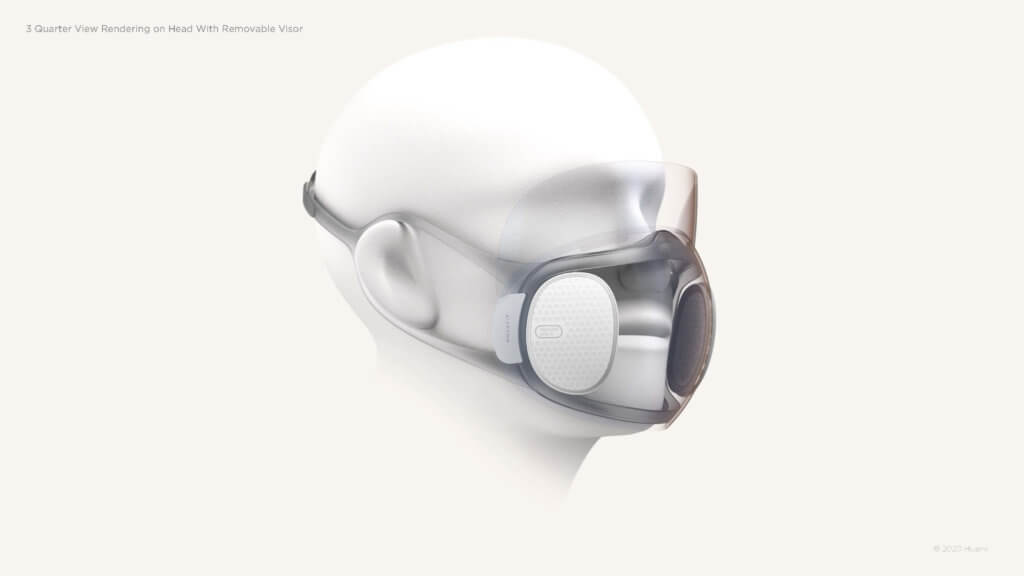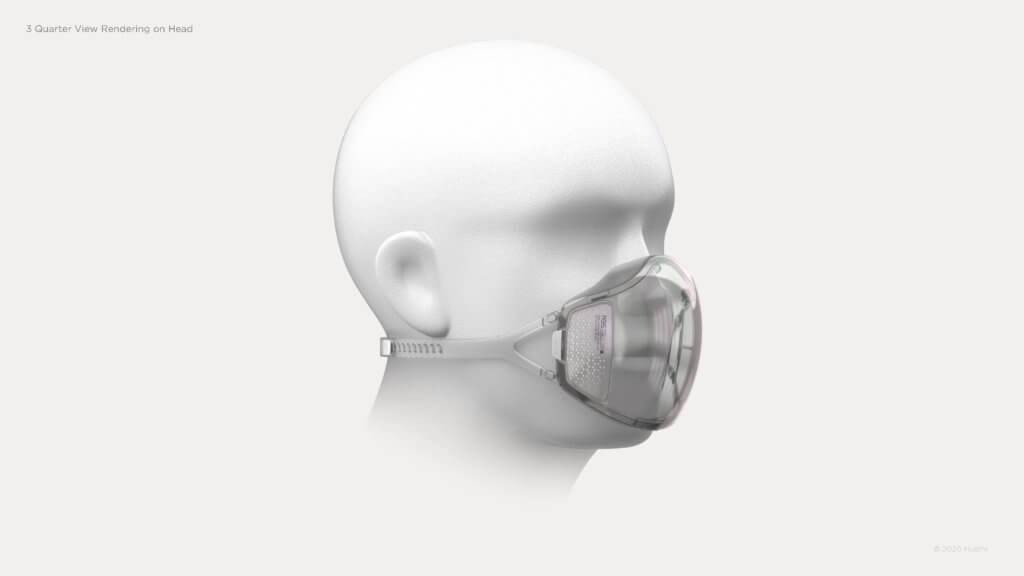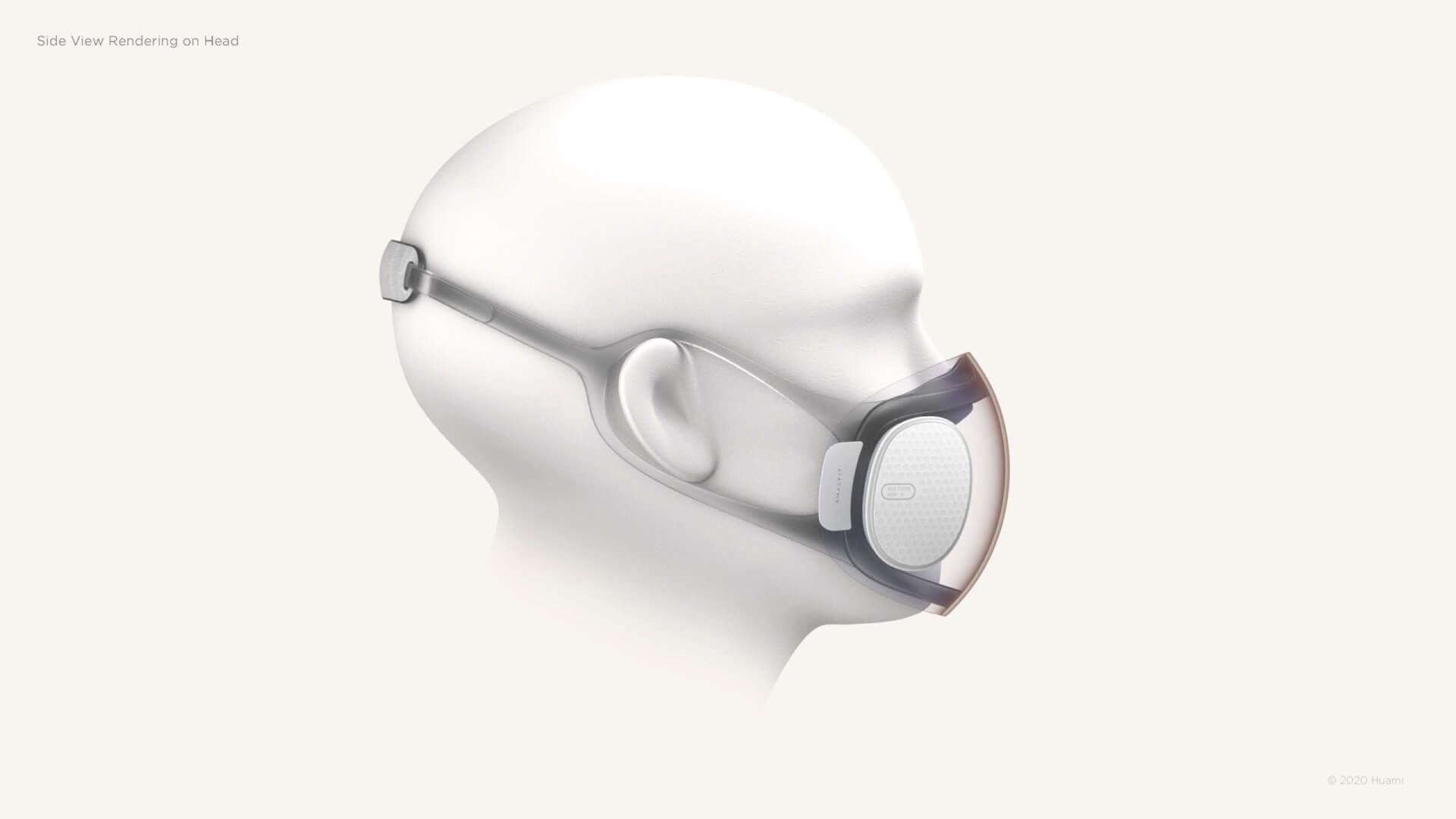As we leave our homes less and less, practicing social distancing, we tend to cut down on our “going out” routines, skipping some steps in favor of others – like putting on a mask at all times. To stay as safe as possible, hiding our faces has become second nature, alienating our neighbors. But it doesn’t have to be that way, Amazfit thinks. They have designed Aeri, two mask concepts that do not only look cool but work to help us remain the social beings we always were.
The eyes may be the windows to the soul and a frown or a crinkle may say a lot but smiling is the easiest way to turn strangers into friends. However, traditional masks hide our emotions, our smiles, and laughs, so Amazfit’s team of designers went to the drawing board.

They imagined two Aeri concepts, X and Y, with a clear anti-fog cover and a translucent frame, allowing all main features of the face to be visible. The translucent models are lightweight and made from soft flexible materials for comfortable use. Of course, the design also helps with facial recognition, allowing smartphones to unlock when prompted.

By revealing the face, these designs concepts show full emotions, increasing empathy and improving non-verbal communication
Not to worry, airflow is delivered to both masks through large replaceable filter pads on each side of the mask. Plus, additional filter attachments can be used. For example, in humid and hot environments, a ventilation fan can increase airflow and cool down the masks.

Amazfit has also thought about how the Aeri masks could perform with an AQI sensor unit. Suddenly, information like air quality, humidity, respiratory rate, and filter expiration would become available on the go.
Unlike usual masks, these ones would be able to self-disinfect through built-in ultraviolet lights. These UV lights would be activated when the mask is not in use and connected to a power supply. Both Aeri concepts can also be personalized with various straps and filter colors.

Right now, the Aeri masks are mere prototypes, after several months of work. We have no idea how much they’ll cost and when they’ll become available but it better be in the next couple of months!
Follow TechTheLead on Google News to get the news first.























